
"YOUR PERMIT CLASS IS NOT A SHOOTING CLASS”
Today, as a shooting instructor, I messed up. No, it is not what you think. No one was hurt or injured. I messed up in my approach on how to help a new shooter. At the beginning of my permit class, I always go around the room and have everyone give a short introduction of themselves including their name, the gun they brought to shoot (caliber, make, model), and tell me about their experience in shooting. Some students have been shooting all their lives, some just shot their handguns for the first time two days prior to class, and some are just cracking open the case their gun came in for the very first time right there on the firing line.
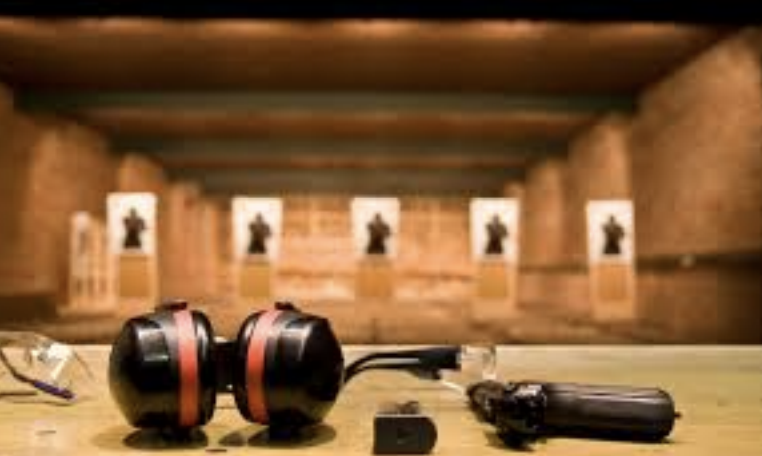 I have them all give a quick bio of themselves so I know what to expect and I can understand the skill level of those attending. It aids me in assigning them shooting lanes and which groups to have them shoot in. For example, I do not want to put all the newcomers in the same group shooting at the same time. I like to spread them out so that they can all receive adequate instructio Students can feel a lot of things if they are new to shooting and all of a sudden it is their turn to shoot and they step up to the line and shots start ringing out and brass starts bouncing off the ground and across the table in front of them. It can be stressful for some people. I try to search these students out and help them the best that I can. If it is really distressing to them, I have been known to to let them sit it out or leave and come back after class to get one on one instruction so they can finish up their permit requirements. This has always worked in the past. I have always been very good at noticing these students and helping them. Today, I had a group of students that just needed the shooting portion of their permit class. They had taken the classroom portion from another entity so instead of having them for the full eight hours and getting to know them, I had them for just the last four hours. We went through safety and shooting fundamentals and the range rules, all something that should have been gone through in the classroom portion of their class but was not. I had them go through the introductions and then on to the shooting. I handed out the shooting lane and group assignments the best that I could based on the limited information that I had, and then we proceeded to fire the qualification rounds. One of the gentlemen in the class was very unsure of his gun and it was very clear right away. He broke some safety rules (which everyone does as they are learning) but I right away got him straightened out on that.
I have them all give a quick bio of themselves so I know what to expect and I can understand the skill level of those attending. It aids me in assigning them shooting lanes and which groups to have them shoot in. For example, I do not want to put all the newcomers in the same group shooting at the same time. I like to spread them out so that they can all receive adequate instructio Students can feel a lot of things if they are new to shooting and all of a sudden it is their turn to shoot and they step up to the line and shots start ringing out and brass starts bouncing off the ground and across the table in front of them. It can be stressful for some people. I try to search these students out and help them the best that I can. If it is really distressing to them, I have been known to to let them sit it out or leave and come back after class to get one on one instruction so they can finish up their permit requirements. This has always worked in the past. I have always been very good at noticing these students and helping them. Today, I had a group of students that just needed the shooting portion of their permit class. They had taken the classroom portion from another entity so instead of having them for the full eight hours and getting to know them, I had them for just the last four hours. We went through safety and shooting fundamentals and the range rules, all something that should have been gone through in the classroom portion of their class but was not. I had them go through the introductions and then on to the shooting. I handed out the shooting lane and group assignments the best that I could based on the limited information that I had, and then we proceeded to fire the qualification rounds. One of the gentlemen in the class was very unsure of his gun and it was very clear right away. He broke some safety rules (which everyone does as they are learning) but I right away got him straightened out on that.
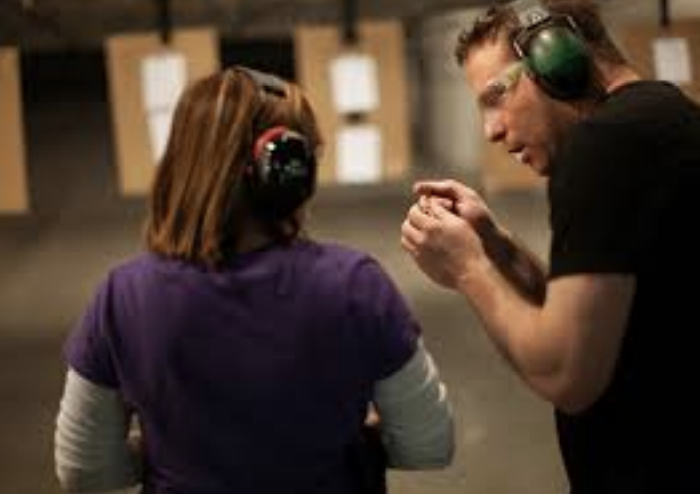 He seemed nervous and apprehensive. I worked closely with him even having him wait until after the other students shot and then had him finish his drill so I could focus solely on him, but he was still having a hard time. I would help him by going over the list of things to remember as he prepared to shoot—stance, grip, sight picture, and trigger press. Sometimes he would get it right and sometimes it was like he just could not remember. About half way through the shooting portion I was standing next to him (as I do for all new shooters) and instead of firing one round at a time he let loose with a volley of three rounds that ran from the bottom of the target holder to the top of the target. Right then and there I called for a break. I pulled him aside and had a chat with him. He apologized profusely and stated how nervous he was. He told me that when I was helping him with how to do things that it was all just too much, that it made him anxious. After the break, we all went back to finish the shooting portion. I am happy to say that he did improve immensely by the end of class, but I had to adjust my approach to instructing him. Instead of going down the list of things that needed to be done I encouraged him when he got things right and that seemed to do the trick. Though I still feel like I cheated him out of the first half of the class. I will help any student that needs the help. I will stay late after class, I will reschedule, I will do whatever needs to be done to help you become a confident shooter and help you through a permit class. But what you need to know is that your permit class is not necessarily a shooting class. It will teach you the laws, the safety rules, the mindset, and make sure you know how your gun functions; but it will not get you dialed in and turn you into a super proficient shooter. If you want that or you are very new to shooting handguns, you really need to look into continuing classes or even a private class before you take your permit class. Do not get me wrong I will do what I need to do to help you, but you have got to invest in yourself and be willing to do your part as well. -Todd Eccles -Patriot Defense -1-13-19
He seemed nervous and apprehensive. I worked closely with him even having him wait until after the other students shot and then had him finish his drill so I could focus solely on him, but he was still having a hard time. I would help him by going over the list of things to remember as he prepared to shoot—stance, grip, sight picture, and trigger press. Sometimes he would get it right and sometimes it was like he just could not remember. About half way through the shooting portion I was standing next to him (as I do for all new shooters) and instead of firing one round at a time he let loose with a volley of three rounds that ran from the bottom of the target holder to the top of the target. Right then and there I called for a break. I pulled him aside and had a chat with him. He apologized profusely and stated how nervous he was. He told me that when I was helping him with how to do things that it was all just too much, that it made him anxious. After the break, we all went back to finish the shooting portion. I am happy to say that he did improve immensely by the end of class, but I had to adjust my approach to instructing him. Instead of going down the list of things that needed to be done I encouraged him when he got things right and that seemed to do the trick. Though I still feel like I cheated him out of the first half of the class. I will help any student that needs the help. I will stay late after class, I will reschedule, I will do whatever needs to be done to help you become a confident shooter and help you through a permit class. But what you need to know is that your permit class is not necessarily a shooting class. It will teach you the laws, the safety rules, the mindset, and make sure you know how your gun functions; but it will not get you dialed in and turn you into a super proficient shooter. If you want that or you are very new to shooting handguns, you really need to look into continuing classes or even a private class before you take your permit class. Do not get me wrong I will do what I need to do to help you, but you have got to invest in yourself and be willing to do your part as well. -Todd Eccles -Patriot Defense -1-13-19
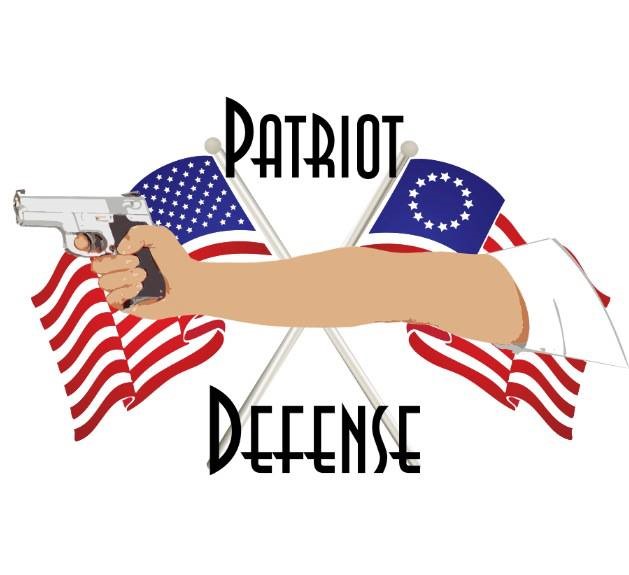
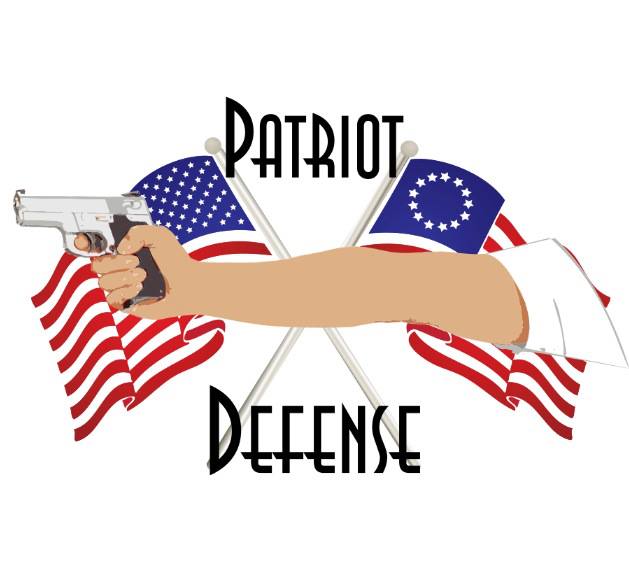
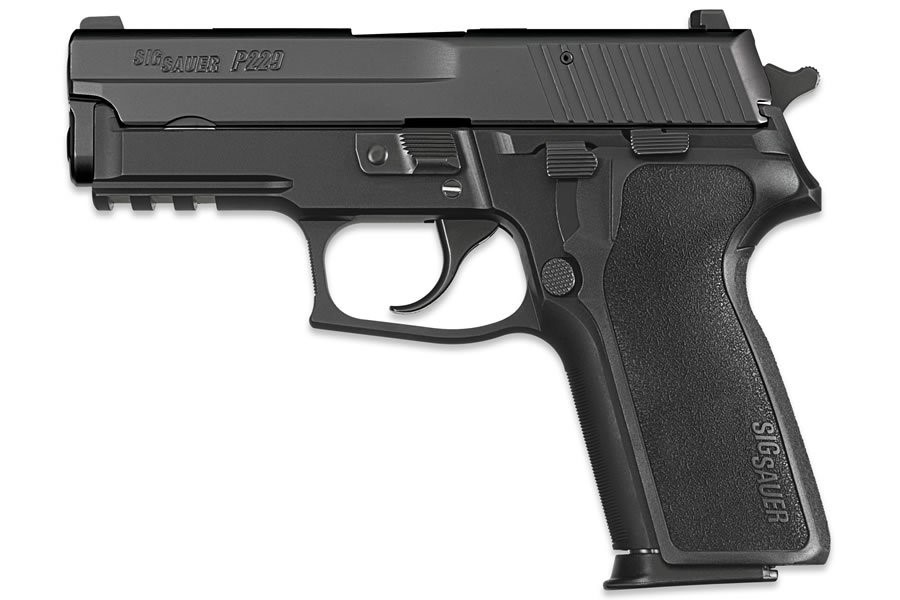



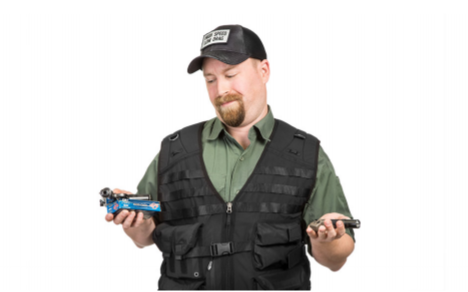


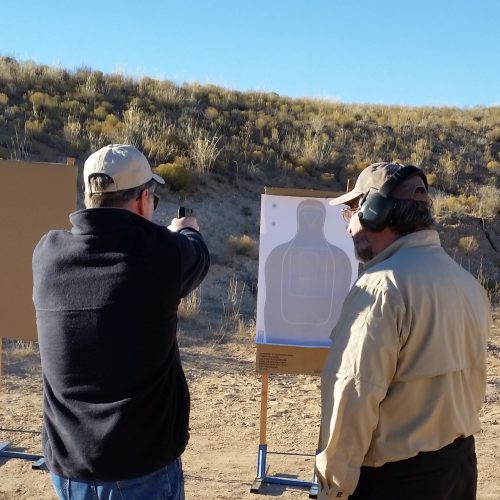

 Remember when you were a kid and you were learning to ride a bike? Or think back to the time you were learning to do anything new for the first time. What was the one thing that you were constantly told? Practice, practice, practice. Over time and after hours of repetitive practice that thing or that movement became second nature to you. You did not have to think about it anymore. It just kind of happened as long as you continued to practice it. Sure, if you stopped practicing you you could still be successful at it, but as time went by it became less and less natural. The old expression, “just like riding a bike,” is often used to describe something that comes second nature and is easy to do. It implies that we know everything about an activity and can pick up right where we left off. When it comes to shooting a handgun, this could not be further from the truth. Yes, you might remember the mechanics and the safety rules of shooting, but the actual activity of shooting will be a different story. As you learn to shoot, you develop muscle memory that corresponds to your trigger press, grip, stance, and sight picture. You train your muscles to react to recoil and to respond accordingly when you draw and re-holster your firearm—especially when under stress. Learning to control your breathing and calm yourself is very hard to do if you have not shot your firearm in a few years.
Remember when you were a kid and you were learning to ride a bike? Or think back to the time you were learning to do anything new for the first time. What was the one thing that you were constantly told? Practice, practice, practice. Over time and after hours of repetitive practice that thing or that movement became second nature to you. You did not have to think about it anymore. It just kind of happened as long as you continued to practice it. Sure, if you stopped practicing you you could still be successful at it, but as time went by it became less and less natural. The old expression, “just like riding a bike,” is often used to describe something that comes second nature and is easy to do. It implies that we know everything about an activity and can pick up right where we left off. When it comes to shooting a handgun, this could not be further from the truth. Yes, you might remember the mechanics and the safety rules of shooting, but the actual activity of shooting will be a different story. As you learn to shoot, you develop muscle memory that corresponds to your trigger press, grip, stance, and sight picture. You train your muscles to react to recoil and to respond accordingly when you draw and re-holster your firearm—especially when under stress. Learning to control your breathing and calm yourself is very hard to do if you have not shot your firearm in a few years.  I see it all the time. Guys show up to my class and tell me how good they are (or more correctly how good they once were). They tell me about their military or LE service and all about their years of experience when it comes to handguns, and then I see them shoot. You can tell that they have not shot a handgun for years let alone actually held one in just as long. Do not get me wrong they probably were very efficient at shooting in years past, but their negligence now shows. I know people who have taken a class and then never fired another round from their concealed carry weapon even though they faithfully carry it every day. I am not asking, in fact, I am actually begging you. Please go to the range once a month, shoot 10, 20, or 30 rounds. Anything is better than nothing. Take a refresher class. Do something. You are carrying a firearm to protect you and your loved ones and that is great. But just carrying one around as some kind of totem does not actually do anything—being able to efficiently use it does. -Todd Eccles -Patriot Defense
I see it all the time. Guys show up to my class and tell me how good they are (or more correctly how good they once were). They tell me about their military or LE service and all about their years of experience when it comes to handguns, and then I see them shoot. You can tell that they have not shot a handgun for years let alone actually held one in just as long. Do not get me wrong they probably were very efficient at shooting in years past, but their negligence now shows. I know people who have taken a class and then never fired another round from their concealed carry weapon even though they faithfully carry it every day. I am not asking, in fact, I am actually begging you. Please go to the range once a month, shoot 10, 20, or 30 rounds. Anything is better than nothing. Take a refresher class. Do something. You are carrying a firearm to protect you and your loved ones and that is great. But just carrying one around as some kind of totem does not actually do anything—being able to efficiently use it does. -Todd Eccles -Patriot Defense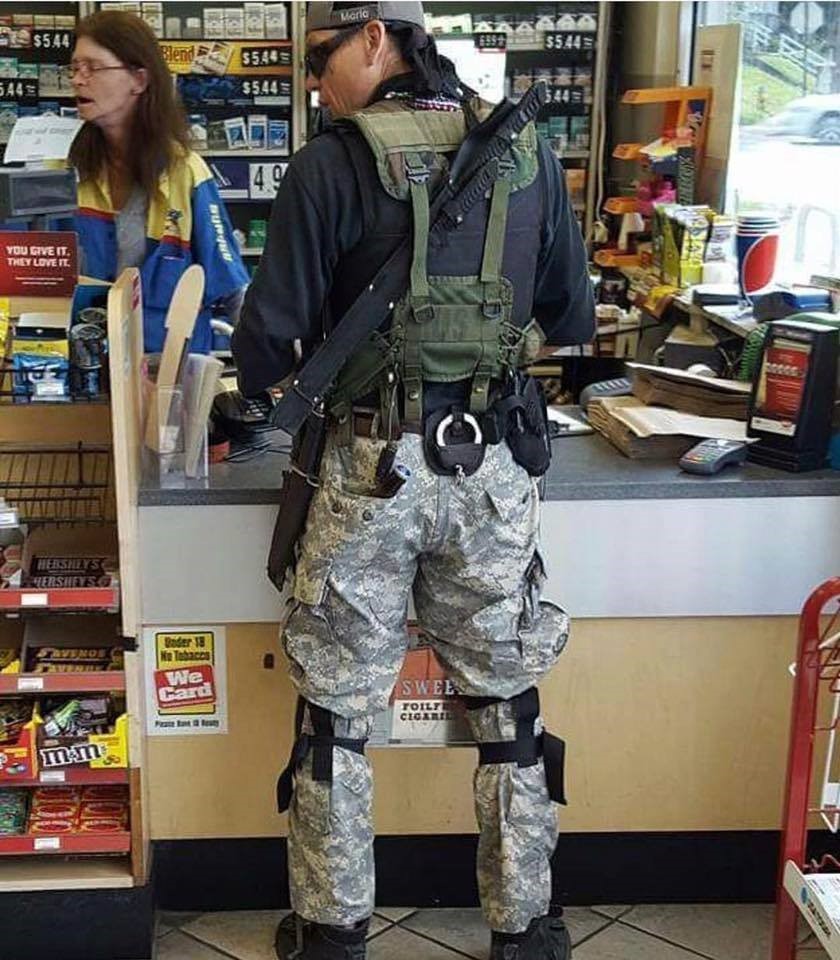
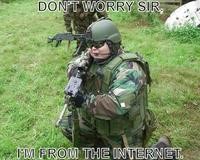 Let’s
Let’s